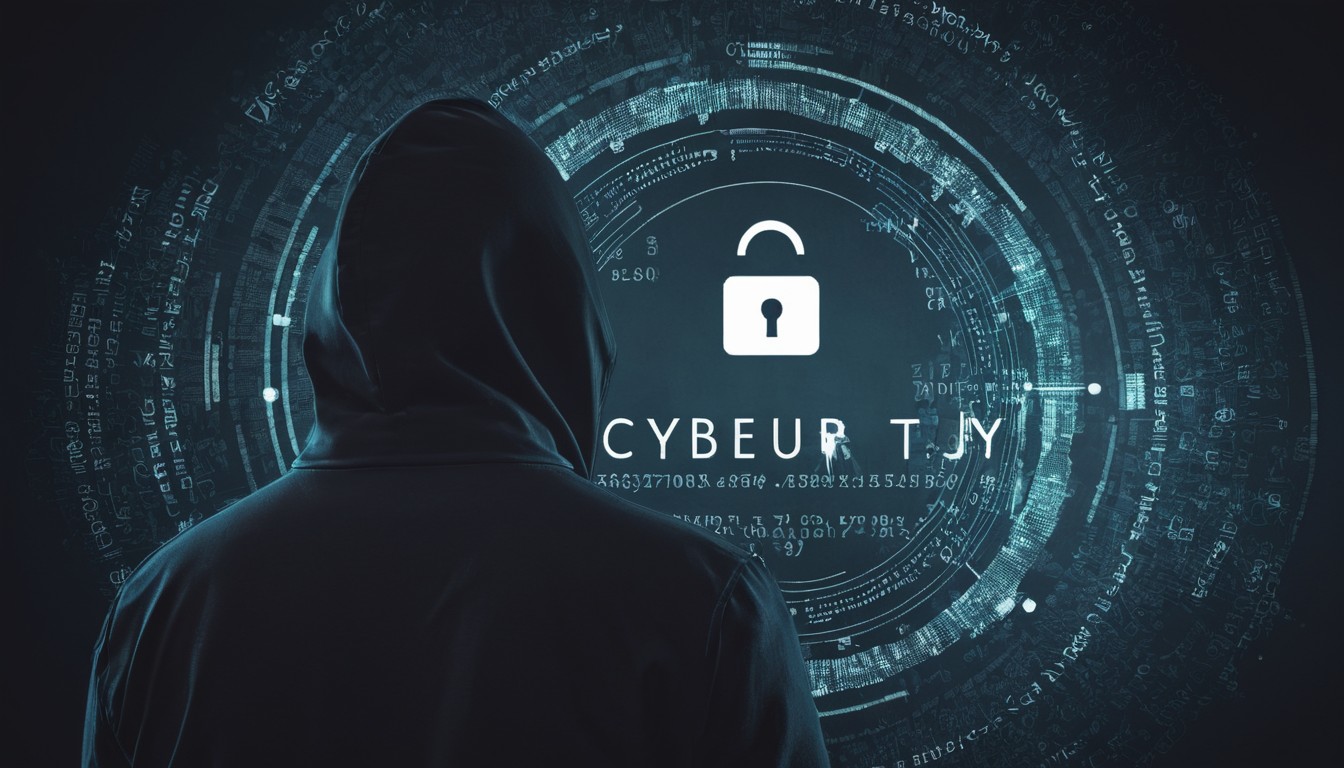The Daixin Team, a cybercriminal group notorious for its aggressive ransomware campaigns, has once again made headlines with a high-profile attack on Acadian Ambulance. This incident is particularly alarming due to the scale and sensitivity of the data involved, highlighting the evolving threat landscape in cybersecurity.
The Anatomy of the Attack
On August 23, 2024, Acadian Ambulance, a critical healthcare provider, became the latest victim of the Daixin Team. The group claimed responsibility for infiltrating the company’s systems and stealing data on 10 million patients. This data reportedly includes personal information, medical records, and financial details—an absolute goldmine for cybercriminals looking to exploit victims through identity theft and other fraudulent activities.
The attackers then encrypted the compromised data and demanded a ransom of $7 million in cryptocurrency, threatening to leak the sensitive information if their demands were not met. This form of extortion has become a hallmark of modern ransomware attacks, where the dual threat of data encryption and public exposure increases the pressure on victims to pay the ransom.
The Tactics, Techniques, and Procedures (TTPs)
The Daixin Team utilized a sophisticated blend of tactics to execute this attack. Initial access was likely gained through phishing emails or exploiting vulnerabilities in Acadian Ambulance’s network. Once inside, the group moved laterally across the network, identifying and exfiltrating valuable data before deploying ransomware to lock down the systems.
The group is known for its use of double extortion techniques, where they not only encrypt data but also threaten to release it publicly. This strategy not only increases the likelihood of the victim paying the ransom but also escalates the potential damage, as sensitive information could be released even if the ransom is paid.
The Impact on Healthcare and Critical Infrastructure
This attack on Acadian Ambulance is part of a broader trend where ransomware groups are increasingly targeting healthcare organizations. The healthcare sector is particularly vulnerable due to the critical nature of the services provided, the sensitivity of the data involved, and often, the lack of robust cybersecurity defenses.
For Acadian Ambulance, the attack has likely resulted in significant operational disruptions, as systems critical for patient care and administrative functions were locked down. The potential exposure of 10 million patients’ data could lead to widespread identity theft, financial fraud, and loss of trust in the organization.
The Response and Ransomware Remediation
In response to the attack, Acadian Ambulance has likely engaged cybersecurity experts to contain the breach, assess the damage, and begin the painstaking process of data recovery. While the organization has not publicly disclosed whether it will pay the ransom, many cybersecurity professionals advise against it, as paying does not guarantee the safe return of data and only emboldens the attackers.
Key remediation steps include:
- Isolating Affected Systems: To prevent further spread of the ransomware, affected systems are isolated from the network.
- Incident Response: Cybersecurity teams conduct a thorough investigation to understand the full scope of the attack, including how the attackers gained access and which systems and data were compromised.
- Data Recovery: Restoring data from backups is a critical step in resuming operations. If backups are unavailable or compromised, data recovery becomes significantly more challenging.
- Public Communication: Acadian Ambulance will need to communicate with patients, regulators, and the public about the breach, the steps being taken to remediate it, and any actions affected individuals should take to protect themselves.
The Broader Implications
The Daixin Team’s attack on Acadian Ambulance underscores the urgent need for enhanced cybersecurity measures across all sectors, particularly in healthcare. As ransomware attacks continue to evolve in sophistication, organizations must invest in robust defenses, including advanced threat detection systems, employee training, and incident response planning.
For other organizations, this incident serves as a stark reminder of the importance of cybersecurity hygiene. Regular updates, vulnerability management, and a comprehensive incident response plan are essential to mitigate the risk of such attacks.
The Daixin Team’s attack is a clear demonstration of the severe consequences that ransomware can have, particularly when targeting critical infrastructure. As the cyber threat landscape continues to evolve, organizations must remain vigilant, proactive, and prepared to defend against increasingly sophisticated adversaries. Investing in strong cybersecurity measures and adopting a comprehensive approach to ransomware remediation are key to safeguarding against future attacks. For more information about Ransomware read up on our previous post.





